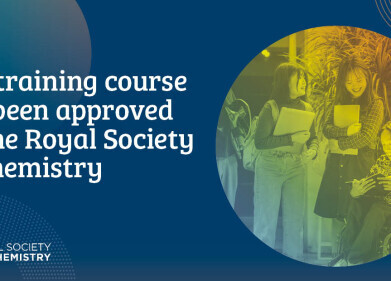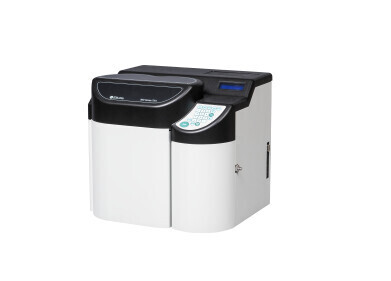Gas Chromatography
Can Chromatography Predict the Quality of Cheese During Ripening?
Aug 28 2020
Cheese ripening, or maturing, is one of the key processes in cheesemaking. The ripening process is responsible for some of the most important characteristics of cheese. Taste, aroma, and texture are components that are all changed during the ripening process. The process of cheese making is described as an art. We do not fully understand what is happening in this most complex of processes.
But scientists are trying to get to grip with cheese ripening. Traditionally, cheese makers have used cheese graders – experts cheese tasters and sniffers – who used their experience to decide which cheeses were suitable to undergo the lengthy and expensive ripening process using a process known as the Gilles and Lawrence model. But recently, scientists have been developing more sophisticated models and chromatography could play a role in helping your Cheddar reach maturity.
Perfect Cheddar – ripened to perfection
Cheese making is the process of controlling milk as its spoils. Most cheese making follows the same steps of
- Acidification – culture added to milk to help turn lactose into lactic acid
- Coagulation – liquid into solid by adding the enzyme rennet
- Curd made - milk solidifies into curds and whey; curds are the solid that becomes cheese
- Salting - salt added for flavour
- Shaping – cheese shaped into block or wheel; compressed to remove remaining liquid
- Ripening – cheese aged or matured.
Ripening is the stage that defines the flavour and texture of cheese. It is an enzymatic process that also uses bacteria. There are many factors that can affect the ripening process. Enzymes, bacteria, room temperature and relative humidity are all factors that affect the ripening process.
Chromatography helps ripen cheese
Deciding which cheeses has been the domain of experts. By taking samples from the inside of the cheese blocks they were able to use taste, smell, and texture to decide which cheeses could make the grade as a premium mature cheese. Some cheesemakers also followed a model to predict whether a cheese could mature. The model, Giles and Lawrence model, used data such as percentage of salt in moisture, moisture in fat-free substance and the pH of the cheese curd.
But some researchers are now looking at using analytical techniques and statistical analysis to predict whether a cheese can ripen and mature. One of the techniques involves the use of gas chromatography to analyse the aroma profile of the cheese. The use of chromatography in food analysis is discussed in the article, Selective and Robust UHPLC-MS/MS Assay for the Determination of Acrylamide Levels in Food Samples.
By correlating instrument analysis and sensory profiles, it is possible to determine the substances that are found in mature cheese – for example, branch chain alcohols, tyrosine, lysine, and acetoin. So far, the analysis using a preliminary model has managed to forecast the flavour, texture, and rate of melting of a cheese matured for 540 days based on an analysis after two months ripening.
Digital Edition
Chromatography Today - Buyers' Guide 2022
October 2023
In This Edition Modern & Practical Applications - Accelerating ADC Development with Mass Spectrometry - Implementing High-Resolution Ion Mobility into Peptide Mapping Workflows Chromatogr...
View all digital editions
Events
Jan 20 2025 Amsterdam, Netherlands
Feb 03 2025 Dubai, UAE
Feb 05 2025 Guangzhou, China
Mar 01 2025 Boston, MA, USA
Mar 04 2025 Berlin, Germany












